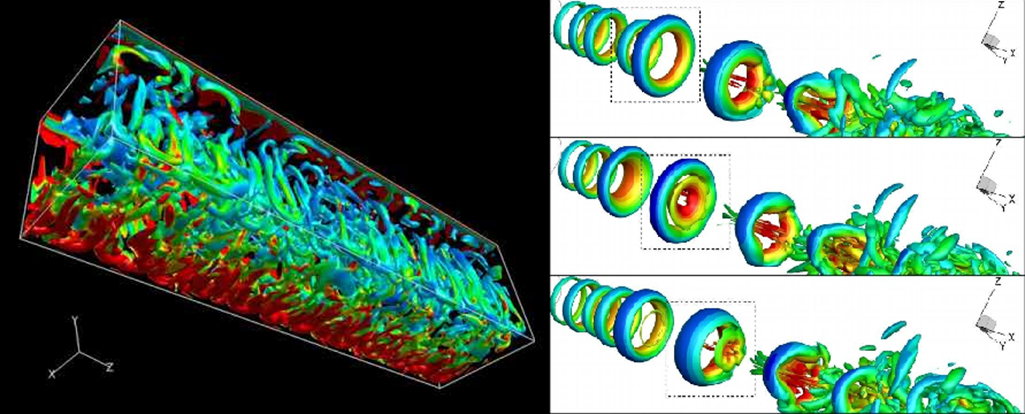


Above: Dr. Brandon Krick receives the Libsch Early Career Research Award (2019)
AME is excited to announce the addition of two new faculty, Dr. Brandon Krick and Dr. S. Unnikrishnan!
Brandon comes to us with high honors from Lehigh University's College of Engineering and Applied Science, having received the Libsch Early Career Research Award. At the time of the award, Brandon had amassed 42 articles in print, five papers in conference proceedings, and 85 conference presentations. Additionally, he had established six patents, and had more than 850 citations—all of which are outstanding for someone at this stage of his career. Equally impressive are the awards his students have received: Five of his PhD students and four of his undergraduates have been recognized for their research.
Dr. Krick earned his doctorate, master’s, and bachelor’s degrees in mechanical engineering from the University of Florida where he served as a postdoctoral associate before joining the Lehigh faculty. His research interests are at the intersection of mechanical engineering, materials science, and surface physics. Krick studies the fundamental origins of friction, wear, materials deformation, and adhesion on complex surfaces ranging from cells to nanocomposites in environments ranging from space to thousands of feet under water. His research experience includes performing materials experiments on the international space station, evaluating wear of dinosaur dental fossils (published in Science magazine), developing and patenting ultra-low wear polymer nanocomposites, and collaborating internationally on soft matter.

Above: Visualizations of flow dynamics as part of Unni's Postdoctoral Research at The Ohio State University
S. Unnikrishnan obtained his Ph. D. in aerospace engineering from The Ohio State University in 2016, with a thesis on developing techniques to identify noise source mechanisms in supersonic jets. Ongoing development of this work has resulted in computationally inexpensive far-field noise prediction tools and acoustic models for subsonic and supersonic jets. As a post-doctoral researcher at OSU, he worked on an energy-based approach that identifies Kovasznay-type modes in hypersonic transitional boundary layers, to yield physical insights into the behavior of first and second modes of instability. High-fidelity simulations are an integral part of these studies, and are often complemented by state-of-the-art analysis techniques, involving modal and statistical tools. Current efforts aim to utilize hydrodynamic stability theory using operator-free approaches, to further fundamental understanding of unsteadiness and global instability mechanisms in these high-speed flows.

